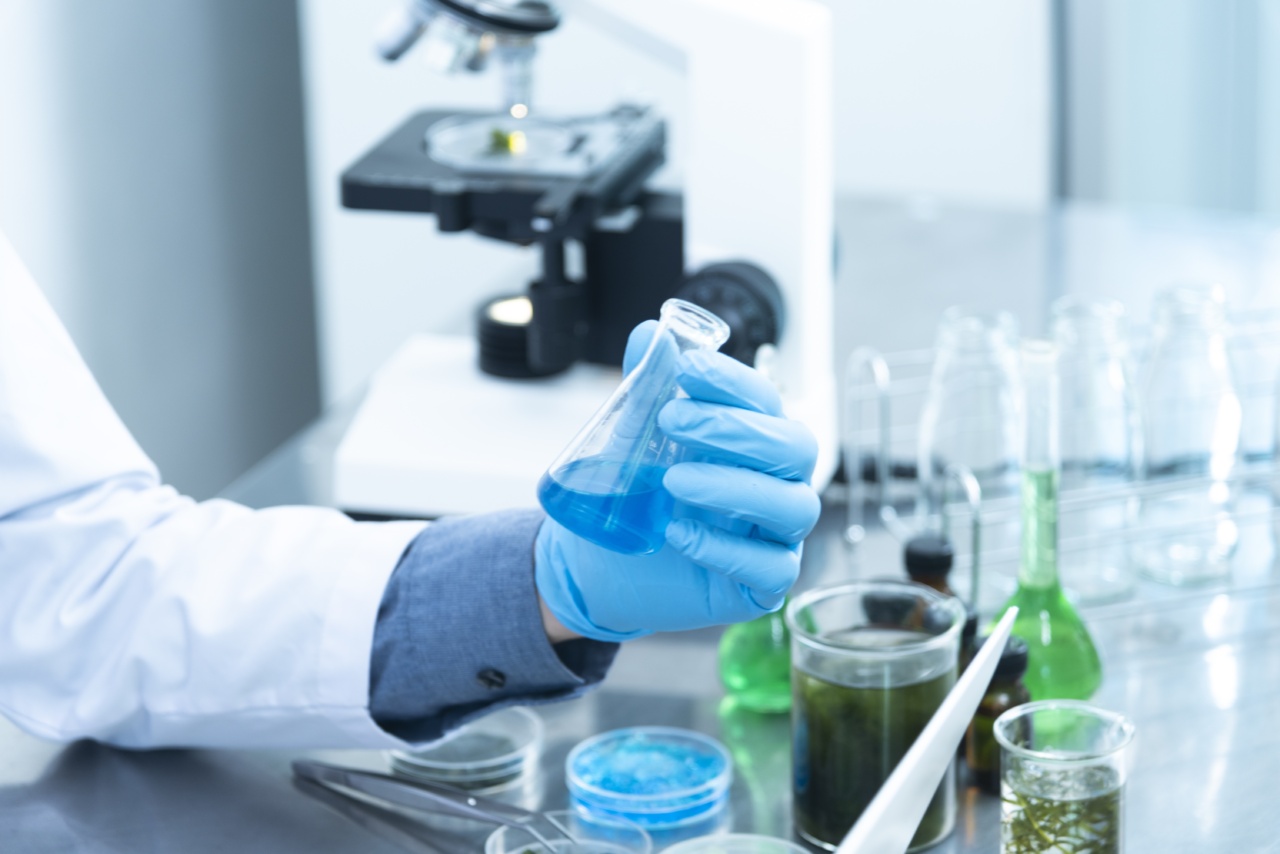A recent study published in the journal Science has identified 18 additional genes linked to autism. This discovery sheds new light on the genetic mechanisms underlying the disorder and could pave the way for new treatments and therapies.
The prevalence of autism
Autism spectrum disorder (ASD) is a complex neurodevelopmental disorder that affects communication, social interaction, and behavior.
According to the Centers for Disease Control and Prevention (CDC), approximately 1 in 54 children in the United States are diagnosed with ASD.
ASD is a spectrum disorder, meaning that it affects individuals differently. Some people with ASD have mild symptoms and may be able to live independently, while others have more severe symptoms and may require lifetime care.
The genetic basis of autism
Research has suggested that genetic factors play a significant role in the development of autism. Studies of twins have shown that if one twin has autism, the other twin is more likely to have the disorder as well.
In addition, researchers have identified several genes that are associated with autism.
Despite these findings, scientists have been unable to fully explain the genetic basis of the disorder. Previous studies have identified several genes related to autism; however, they only account for a small percentage of cases.
The new study
The new study, conducted by an international team of scientists, analyzed the genetic data of over 35,000 people with autism and over 46,000 people without the disorder.
The researchers identified 102 genes that are associated with autism, including 18 that had not been previously linked to the disorder.
The discovery of these additional genes provides new insights into the biological mechanisms that underlie the disorder.
The researchers found that many of the genes identified in the study are involved in the development and function of synapses, which are the junctions between nerve cells that allow them to communicate with each other.
The study also found that many of the genes identified are important for the regulation of gene expression, which is the process by which genes are turned on and off in response to environmental cues.
This suggests that environmental factors may interact with genetic factors to influence the development of autism.
Implications for treatment
The discovery of these additional genes may lead to new treatments and therapies for individuals with autism.
The researchers hope that by understanding the specific genetic mechanisms that underlie the disorder, they will be able to develop more targeted therapies that are tailored to each individual’s unique genetic profile.
For example, some of the genes identified in the study are involved in the development of ion channels, which are proteins that help to regulate the flow of ions in and out of cells.
Researchers believe that targeting these channels could lead to new treatments for ASD.
The importance of early diagnosis
While the discovery of these additional genes is an exciting development, early diagnosis remains one of the most important factors in the successful treatment of autism.
The earlier the disorder is diagnosed, the earlier interventions can begin, which can lead to better outcomes for individuals with ASD.
Parents and caregivers should be aware of the early signs of autism, which can include delayed language development, lack of social engagement, and repetitive behaviors.
If there are concerns about a child’s development, it is important to seek an evaluation from a healthcare professional.
Conclusion
The discovery of 18 additional genes linked to autism is a significant development in our understanding of the genetic mechanisms underlying the disorder.
While there is still much to learn about the disorder, this new research provides new insights into the biological pathways that are involved in its development. With continued research, we may one day have more targeted treatments and therapies that can help individuals with autism lead fulfilling and productive lives.































